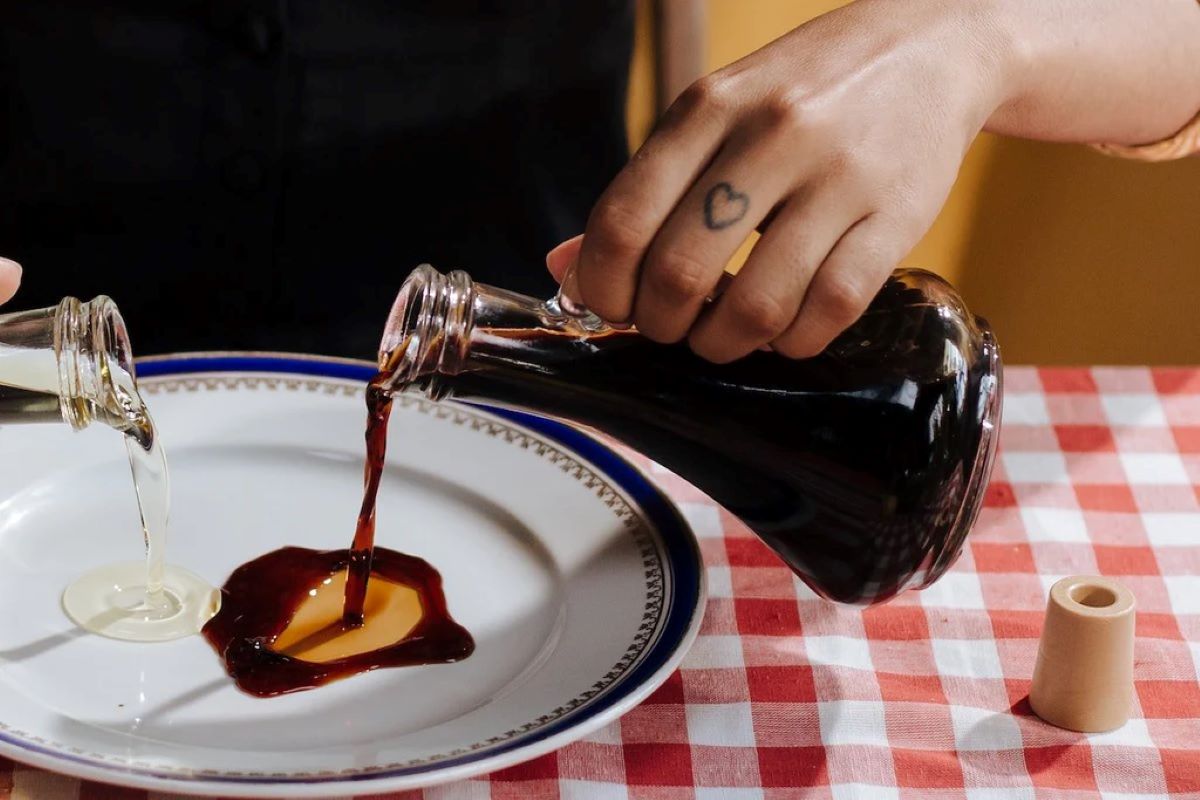

Articles
How To Store Balsamic Vinegar Once Opened
Modified: January 18, 2024
Discover the best way to store balsamic vinegar once opened with our informative articles. Preserve its flavor and quality for longer with these expert tips.
(Many of the links in this article redirect to a specific reviewed product. Your purchase of these products through affiliate links helps to generate commission for Storables.com, at no extra cost. Learn more)
Introduction
Balsamic vinegar is a delicious and versatile ingredient that adds a tangy and sweet flavor to dishes. Whether you use it in salad dressings, marinades, or drizzle it over fresh vegetables, balsamic vinegar can elevate the taste of any dish. However, once opened, it’s important to store balsamic vinegar properly to maintain its quality and prolong its shelf life.
In this article, we will explore the importance of properly storing balsamic vinegar after it has been opened. We will also discuss the various factors that can affect its shelf life and provide step-by-step instructions on how to store it to ensure it stays fresh and flavorful for as long as possible.
By understanding how to store balsamic vinegar correctly, you can maximize its lifespan and prevent it from losing its taste and aroma. So, let’s dive in and learn the best practices for storing opened balsamic vinegar!
Key Takeaways:
- Proper storage of balsamic vinegar is crucial to maintain its flavor and quality, preventing oxidation, light damage, and microbial growth. Follow specific steps to ensure its longevity and delightful taste.
- Whether sealing with a cap, transferring to a dark bottle, or refrigerating, proper storage of balsamic vinegar is key to preserving its rich flavors and aromas. Avoiding light, heat, and cross-contamination is essential for maintaining its quality.
Read more: How To Store Vodka Once Opened
Why Proper Storage of Balsamic Vinegar is Important
Proper storage of balsamic vinegar is essential to preserve its quality and flavor. When exposed to certain factors, balsamic vinegar can undergo changes that can impact its taste, aroma, and overall quality. Here are a few reasons why proper storage is important for this beloved condiment:
- Oxidation: Balsamic vinegar contains compounds that can react with oxygen when exposed to air. This process, known as oxidation, can lead to the deterioration of flavors and aromas, resulting in a less desirable taste.
- Light Sensitivity: Balsamic vinegar is sensitive to light, especially ultraviolet (UV) rays. Exposure to light can cause chemical reactions within the vinegar, leading to flavor degradation and discoloration.
- Temperature Fluctuations: Extreme temperatures, particularly high heat, can adversely affect balsamic vinegar. Heat can speed up oxidation and alter the chemical composition of the vinegar, negatively impacting its taste and aroma.
- Microbial Growth: When exposed to air or moisture, balsamic vinegar can provide an environment conducive to the growth of yeast, bacteria, and other microbes. This can result in spoilage and potentially harmful contamination.
- Loss of Aroma: Balsamic vinegar is known for its rich and complex aroma. Improper storage can cause the vinegar to lose its aromatic qualities over time, resulting in a less appealing sensory experience.
By taking the necessary precautions to store balsamic vinegar properly, you can maintain its original flavors, aroma, and quality. This ensures that each time you reach for the bottle, you’ll be greeted with the same delightful experience that makes balsamic vinegar a staple in many kitchens.
Factors Affecting Balsamic Vinegar’s Shelf Life
Several factors can affect the shelf life of balsamic vinegar, determining how long it will remain fresh and maintain its quality. Understanding these factors can help you make informed decisions when it comes to storing and using your balsamic vinegar. Here are some key considerations:
- Quality of the Vinegar: The quality of the balsamic vinegar itself plays a crucial role in its shelf life. Higher quality vinegar, typically aged for a longer period, tends to have a longer shelf life compared to lower quality vinegar.
- Air Exposure: Exposure to air is one of the primary factors that can impact balsamic vinegar’s shelf life. When exposed to oxygen, the vinegar can oxidize and lose its flavor and aroma more quickly.
- Storage Conditions: The way balsamic vinegar is stored can significantly affect its longevity. Factors such as temperature, light exposure, and humidity can all contribute to the vinegar’s shelf life. Exposure to high temperatures, direct sunlight, or extreme temperature fluctuations can accelerate the deterioration process.
- Packaging: The type of packaging used for the balsamic vinegar can also impact its shelf life. Airtight and opaque containers are preferable as they provide better protection against air and light exposure compared to bottles with wide openings or transparent containers.
- Added Ingredients: Balsamic vinegars that have additional ingredients, like herbs, fruits, or spices, may have a shorter shelf life compared to those that contain only grape must and vinegar. The added ingredients can affect the stability of the vinegar and its resistance to spoilage.
It’s important to note that while balsamic vinegar does not typically spoil or become unsafe to consume, its quality can degrade over time, resulting in a less desirable taste. By understanding these factors and taking appropriate measures to store your balsamic vinegar effectively, you can extend its shelf life and ensure it remains at its best for as long as possible.
Steps to Store Balsamic Vinegar Once Opened
Proper storage is key to maintaining the quality and flavor of balsamic vinegar after it has been opened. Here are several steps you can follow to ensure your balsamic vinegar stays fresh and delicious:
- Seal with a Screw Cap or Cork: One of the simplest ways to store opened balsamic vinegar is to tightly seal the bottle with its original screw cap or cork. This helps to minimize air exposure and prevent oxidation.
- Use a Vacuum-Sealed Cap or Pump: Another option is to transfer the vinegar into a bottle with a vacuum-sealed cap or use a vacuum pump to remove any excess air. This method helps to create a tightly sealed environment and prolong the vinegar’s shelf life.
- Transfer to a Dark, Airtight Bottle: If the original bottle does not provide adequate protection, consider transferring the balsamic vinegar to a dark-colored bottle. Dark glass helps to block out light and maintain the vinegar’s flavor and aroma. Ensure the bottle has an airtight seal to prevent air exposure.
- Store in the Refrigerator: While balsamic vinegar can be stored at room temperature, refrigeration can further extend its shelf life. The cool temperature helps to slow down oxidation and preserve the vinegar’s quality. However, be aware that refrigeration may cause the vinegar to become slightly thicker or develop sediment, but this won’t affect its taste.
- Keep Away from Light and Heat Sources: Whether stored in the pantry or refrigerator, it’s important to keep balsamic vinegar away from direct sunlight and heat sources. Choose a cool, dark, and dry location for storage.
- Avoid Cross-Contamination: To prevent cross-contamination and maintain the vinegar’s integrity, avoid using dirty or contaminated utensils when handling balsamic vinegar. Always use clean and dry spoons or pour spouts to avoid introducing bacteria or other contaminants into the bottle.
By following these steps, you can ensure your balsamic vinegar remains fresh, flavorful, and ready to enhance your culinary creations for an extended period. Remember to check the expiration date on the bottle and pay attention to any signs of spoilage, such as a foul odor or off-flavors.
Option 1: Seal with a Screw Cap or Cork
One of the easiest and most straightforward methods to store opened balsamic vinegar is to tightly seal the bottle with its original screw cap or cork. This method helps to minimize air exposure and prevent oxidation, ensuring that your balsamic vinegar remains fresh for a longer period.
When sealing the bottle, make sure to securely fasten the cap or cork to create a tight seal. This will help to prevent air from entering the bottle and causing oxidation, which can degrade the flavors and aromas of the vinegar over time.
Before placing the screw cap or cork back on the bottle, it is essential to wipe the neck of the bottle to remove any vinegar residue. This helps to avoid any potential build-up or contamination that could compromise the quality of the vinegar.
Once sealed, store the balsamic vinegar in a cool, dark, and dry location away from direct sunlight and heat sources. The pantry is a suitable place for storage if you prefer to keep it at room temperature.
Remember to label the bottle with the date it was opened. Balsamic vinegar can last for several years when stored properly but might begin to deteriorate in quality over time. By recording the opening date, you can keep track of the freshness and taste of your vinegar.
Sealing the bottle with a screw cap or cork is a simple yet effective way to preserve the quality and integrity of your balsamic vinegar. It ensures that each time you open the bottle, you can enjoy the same delightful flavors and aromas that make balsamic vinegar a beloved culinary staple.
Read more: How To Store Jam Once Opened
Option 2: Use a Vacuum-Sealed Cap or Pump
If you want to further extend the shelf life of your opened balsamic vinegar, you can consider using a vacuum-sealed cap or pump. This method removes excess air from the bottle, creating a tightly sealed environment that helps to preserve the vinegar’s freshness and flavor.
To use a vacuum-sealed cap, simply replace the original cap or cork with the vacuum-sealed cap specifically designed for balsamic vinegar bottles. These caps typically have a built-in pump that allows you to remove the air from the bottle.
Here’s how to use a vacuum-sealed cap or pump:
- Insert the vacuum-sealed cap into the neck of the balsamic vinegar bottle, ensuring it fits securely.
- Using the built-in pump, start pumping the air out of the bottle. Follow the instructions provided with the cap or pump to ensure proper usage.
- Continue pumping until you feel resistance, indicating that the excess air has been removed from the bottle.
- Once the bottle is vacuum-sealed, secure the cap and make sure it is tightly sealed.
The vacuum-sealed cap or pump creates a vacuum inside the bottle, reducing air exposure and minimizing the risk of oxidation. By removing excess air, you can help to preserve the flavors, aromas, and overall quality of your balsamic vinegar for a longer period.
After vacuum-sealing, store the bottle in a cool, dark, and dry place, away from direct sunlight and heat sources. This will ensure optimal conditions for preserving the freshness of the vinegar.
Using a vacuum-sealed cap or pump is a convenient and effective way to extend the shelf life of your opened balsamic vinegar. By removing air from the bottle, you can maintain the vinegar’s quality and savor its delightful taste and aroma in your culinary creations for an extended timeframe.
Store opened balsamic vinegar in a cool, dark place, away from heat and light. Keep it tightly sealed to prevent oxidation and maintain its flavor. Avoid storing it near strong-smelling foods as it can absorb odors.
Option 3: Transfer to a Dark, Airtight Bottle
If the original packaging of your opened balsamic vinegar is not sufficiently protecting it from air and light exposure, you can consider transferring it to a dark, airtight bottle. This option provides an additional layer of protection against oxidation and sunlight, helping to preserve the vinegar’s freshness and flavor.
Here’s how you can transfer your balsamic vinegar to a dark, airtight bottle:
- Select a bottle made of dark glass, such as amber or green, as these glass colors block out light. Alternatively, you can choose an opaque or coated bottle to shield the vinegar from direct light. Ensure that the bottle has an airtight seal.
- Clean the new bottle thoroughly to remove any residue or contaminants.
- Using a funnel, carefully pour the balsamic vinegar from the original bottle into the new bottle. Take care to avoid spillage or exposure to air during the transfer process.
- Once transferred, securely seal the new bottle with a screw cap or cork to create an airtight seal.
After transferring your balsamic vinegar to a dark, airtight bottle, store it in a cool, dark, and dry location. This can be a pantry, cupboard, or any other space that is away from direct sunlight and heat sources. Maintaining a stable temperature will help to preserve the vinegar’s quality.
Remember to label the new bottle with the date of transfer to keep track of its freshness. Balsamic vinegar can last for several years if stored properly, but its quality may deteriorate over time. By knowing the date of transfer, you can ensure you use the vinegar within the recommended time frame.
Transferring your balsamic vinegar to a dark, airtight bottle provides an added layer of protection against factors that can diminish its quality. By safeguarding it from air and light exposure, you can enjoy the full flavors and aromas of your balsamic vinegar for an extended period.
Option 4: Store in the Refrigerator
If you prefer to extend the shelf life of your opened balsamic vinegar, storing it in the refrigerator can be an effective option. The cool temperature of the refrigerator helps to slow down oxidation and preserve the vinegar’s quality for a longer period.
Here are the steps to store your balsamic vinegar in the refrigerator:
- Ensure that the original bottle is tightly sealed with its cap or cork.
- Find a spot in your refrigerator where the temperature remains consistent and cool, such as the door shelf or the main compartment.
- Place the sealed bottle of balsamic vinegar in the designated spot in the refrigerator.
While refrigeration helps to extend the shelf life of balsamic vinegar, it’s important to note that low temperatures can cause the vinegar to become slightly thicker or develop sediment. However, this is normal and won’t affect its taste or quality.
When you’re ready to use the balsamic vinegar, take it out of the refrigerator and let it come to room temperature before opening. This can help restore its original consistency and flavors.
It’s important to store the balsamic vinegar in a cool, controlled environment like the refrigerator as it helps to slow down the oxidation process. This way, you can enjoy the freshness and complex flavors of your balsamic vinegar for a longer time.
Option 5: Keep Away from Light and Heat Sources
Proper storage of balsamic vinegar involves keeping it away from light and heat sources. These external factors can negatively impact the quality and longevity of the vinegar. By minimizing light and heat exposure, you can help maintain the flavors, aromas, and overall quality of the balsamic vinegar.
Here are some steps to follow when storing your balsamic vinegar:
- Choose a cool and dark storage location: Find a cool and dark area in your kitchen, such as a pantry or cupboard, to store your balsamic vinegar. Direct exposure to sunlight and heat can accelerate the breakdown of the vinegar and affect its taste.
- Protect the bottle: Ensure that the bottle is shielded from direct light by using a darker-colored container or placing it in a shaded area. If the original bottle is transparent, consider wrapping it in a light-blocking material or storing it inside a box.
- Avoid proximity to heat sources: Keep the balsamic vinegar away from heat-emitting appliances like stoves, ovens, or radiators. Heat can accelerate the oxidation process and alter the flavor and aroma of the vinegar.
- Monitor humidity levels: While not as critical as light and heat, excessive humidity can affect the quality of balsamic vinegar. Be mindful of storing the vinegar in areas with high humidity, as it can lead to mold or mildew growth, especially if the bottle is not properly sealed.
- Check for any signs of spoilage: Regularly inspect the vinegar for any signs of spoilage, such as an off smell or unusual color. If you notice anything unusual, discard the vinegar as it may be compromised.
By keeping your balsamic vinegar away from light and heat sources, you can safeguard its quality and ensure that each time you use it, you experience the full range of flavors and aromas that make balsamic vinegar so delightful.
Read more: How To Store Soju Once Opened
Option 6: Avoid Cross-Contamination
When storing balsamic vinegar, it is important to take measures to avoid cross-contamination. Cross-contamination can occur when outside contaminants, such as dirt, bacteria, or other substances, come into contact with the vinegar. By preventing cross-contamination, you can ensure the integrity and safety of your balsamic vinegar.
Here are some steps to follow to avoid cross-contamination:
- Use clean utensils: When handling balsamic vinegar, always use clean utensils, such as spoons or pour spouts. Avoid using dirty or contaminated utensils, as this can introduce bacteria or other contaminants into the vinegar bottle.
- Avoid double-dipping: Double-dipping can introduce bacteria into the vinegar. Instead of dipping a used spoon or utensil back into the bottle, pour the desired amount of vinegar into a separate container or measuring spoon.
- Close the bottle immediately after use: After using the balsamic vinegar, make sure to close the bottle tightly with its cap or cork. Leaving the bottle open can expose it to air and increase the risk of contamination.
- Store in a clean environment: Ensure that the storage area, such as the pantry or cupboard, is clean and free from potential contaminants. Keep the area tidy to minimize the risk of dirt or unwanted substances coming into contact with the vinegar.
- Separate from other strong-smelling foods: Balsamic vinegar can absorb strong odors from nearby foods. To preserve its original flavors, store the vinegar away from pungent and strong-smelling foods, such as onions, garlic, or spices.
By following these practices, you can maintain the integrity and flavor of your balsamic vinegar while reducing the risk of cross-contamination. Ensuring that the vinegar remains free from outside contaminants will help you enjoy its delicious taste and aroma in your culinary creations.
Conclusion
Properly storing balsamic vinegar once it has been opened is essential for maintaining its quality, flavor, and longevity. By taking the necessary steps to store your balsamic vinegar correctly, you can ensure that each time you use it, you’ll experience the full range of delightful flavors and aromas that make balsamic vinegar a beloved ingredient.
We explored several options for storing opened balsamic vinegar, including sealing it with a screw cap or cork, using a vacuum-sealed cap or pump, transferring it to a dark, airtight bottle, storing it in the refrigerator, keeping it away from light and heat sources, and avoiding cross-contamination.
Each storage method serves a specific purpose in preserving the vinegar’s freshness and prolonging its shelf life. Whether you choose to seal it tightly, vacuum-seal it, transfer it to a new bottle, refrigerate it, protect it from light and heat, or avoid cross-contamination, the key is to find a storage method that works best for you and your kitchen setup.
Remember to follow general guidelines like storing it in a cool, dark, and dry location, away from direct sunlight and heat sources. Additionally, pay attention to the expiration dates or recommended use-by dates on the bottle, and use your senses to monitor any changes in the vinegar’s appearance, smell, or taste.
By implementing these storage practices, you can extend the lifespan of your balsamic vinegar, ensuring that it remains a flavorful and versatile ingredient in your culinary adventures.
So, next time you reach for that bottle of balsamic vinegar, take a moment to store it properly and maintain its quality for your future culinary creations. Your taste buds will thank you!
Frequently Asked Questions about How To Store Balsamic Vinegar Once Opened
Was this page helpful?
At Storables.com, we guarantee accurate and reliable information. Our content, validated by Expert Board Contributors, is crafted following stringent Editorial Policies. We're committed to providing you with well-researched, expert-backed insights for all your informational needs.

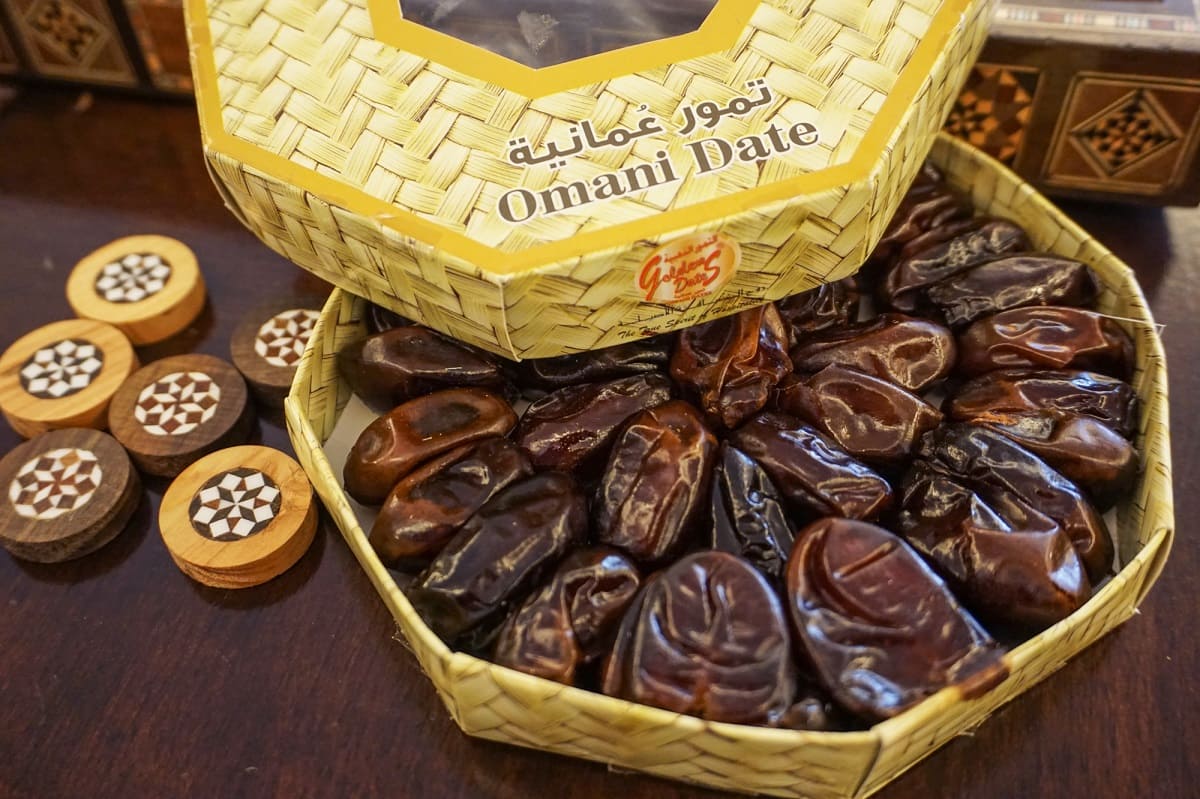

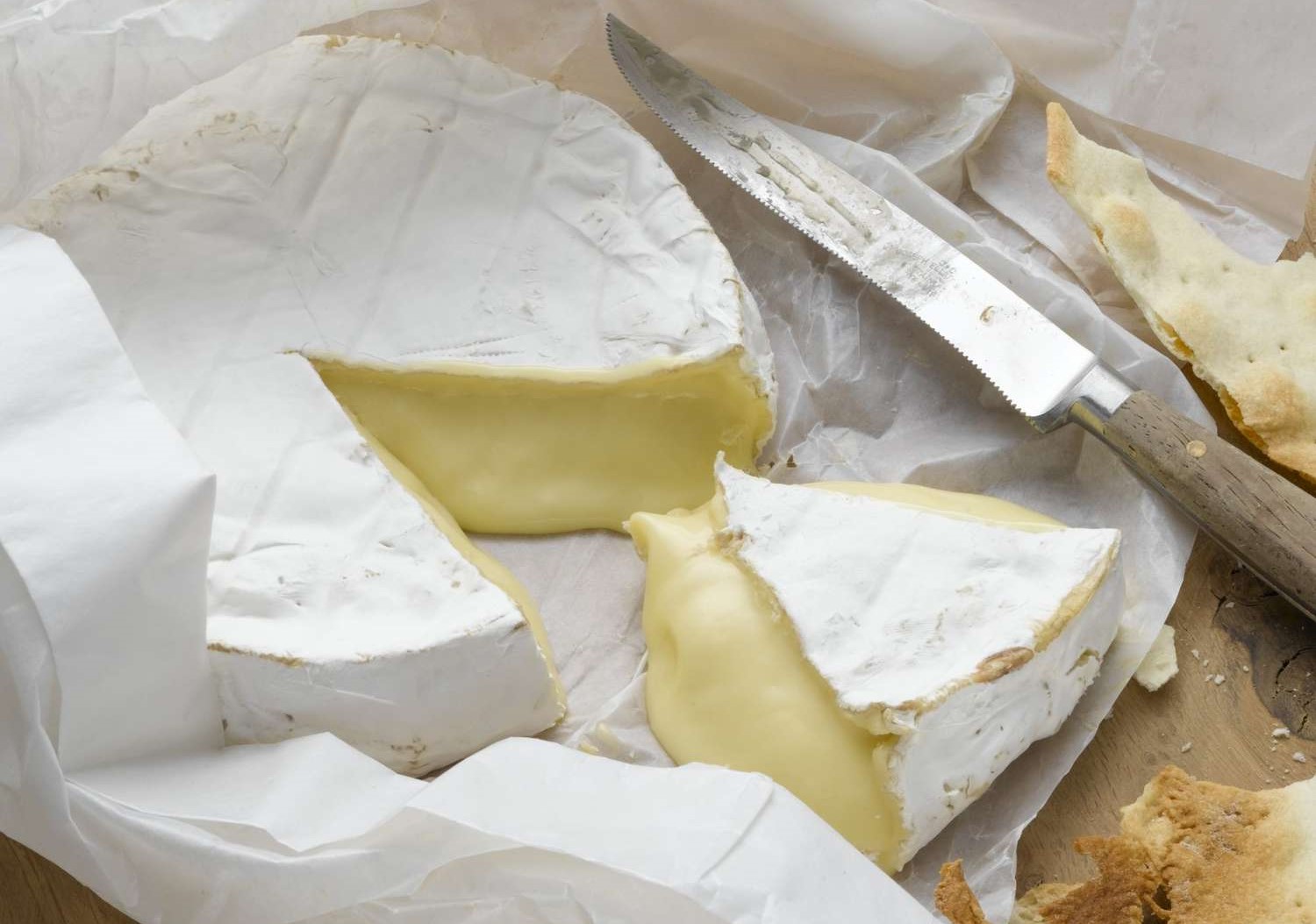
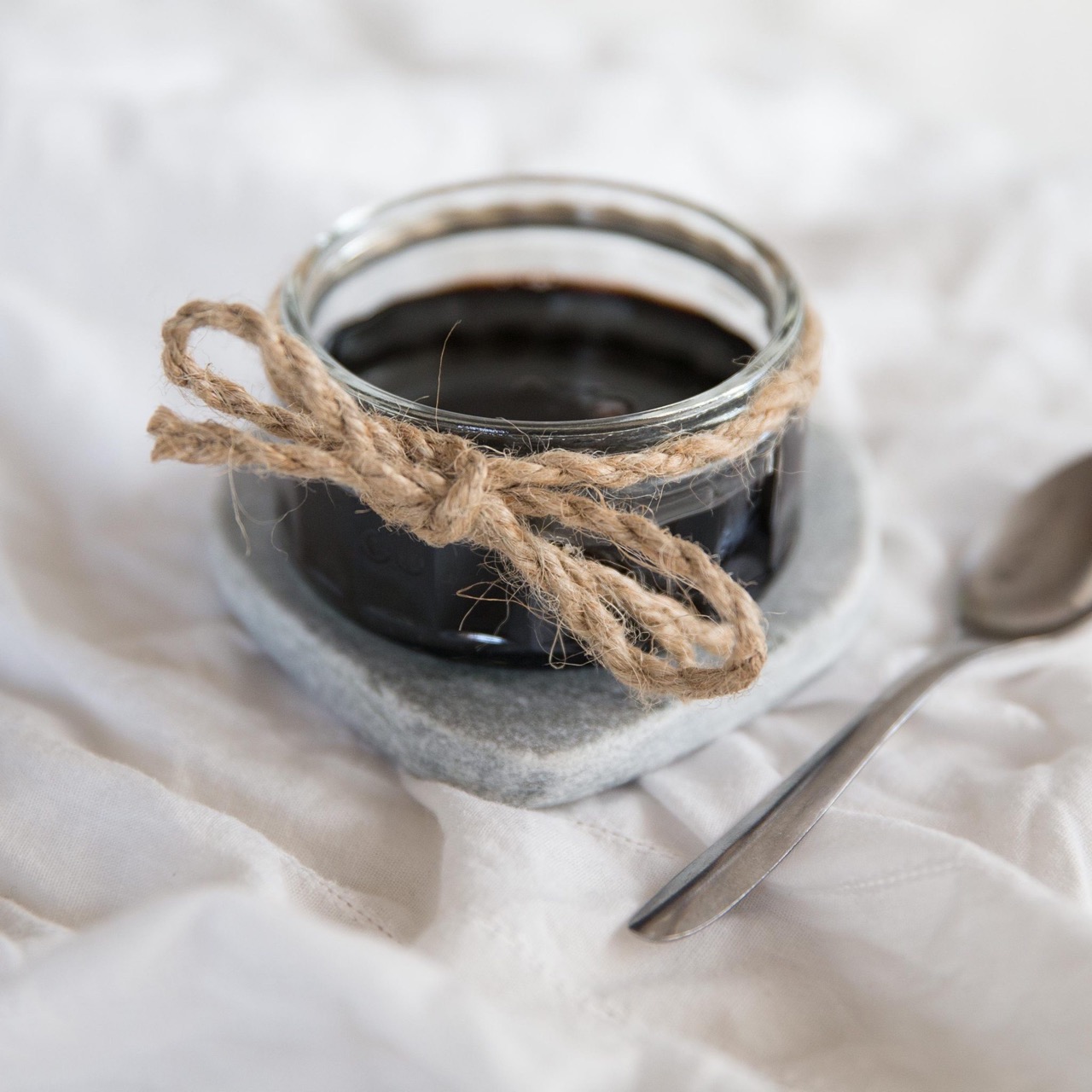
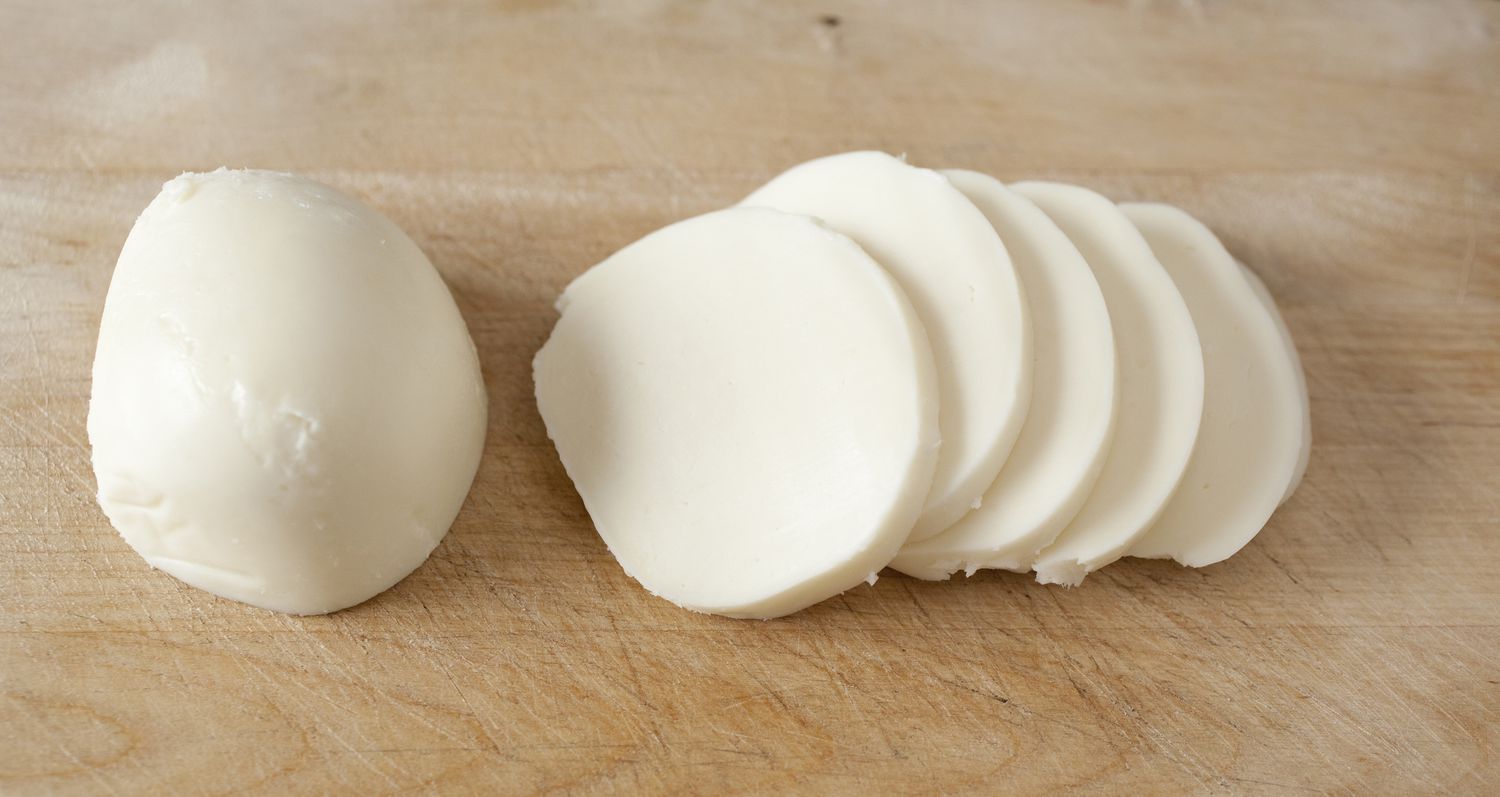
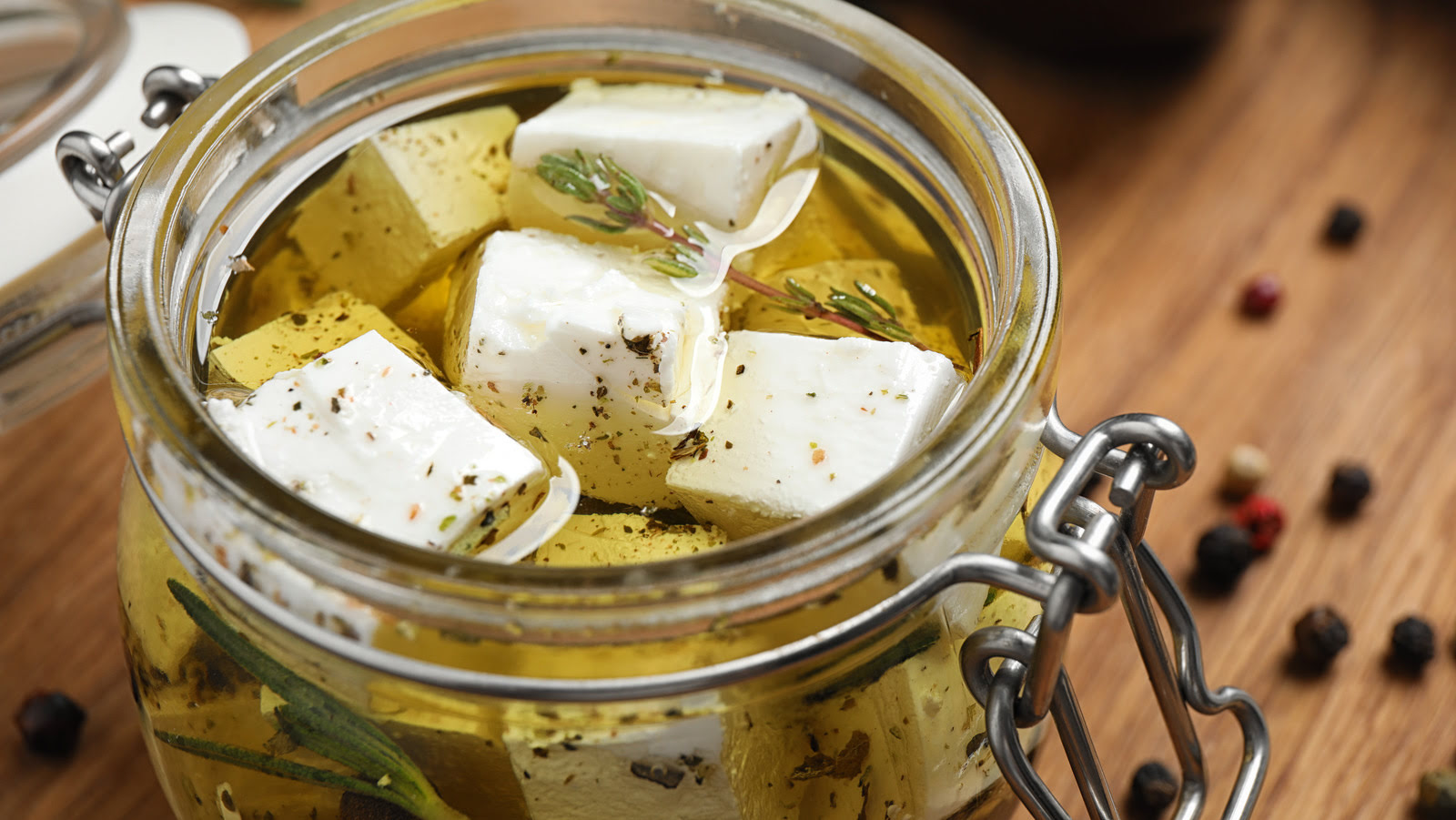
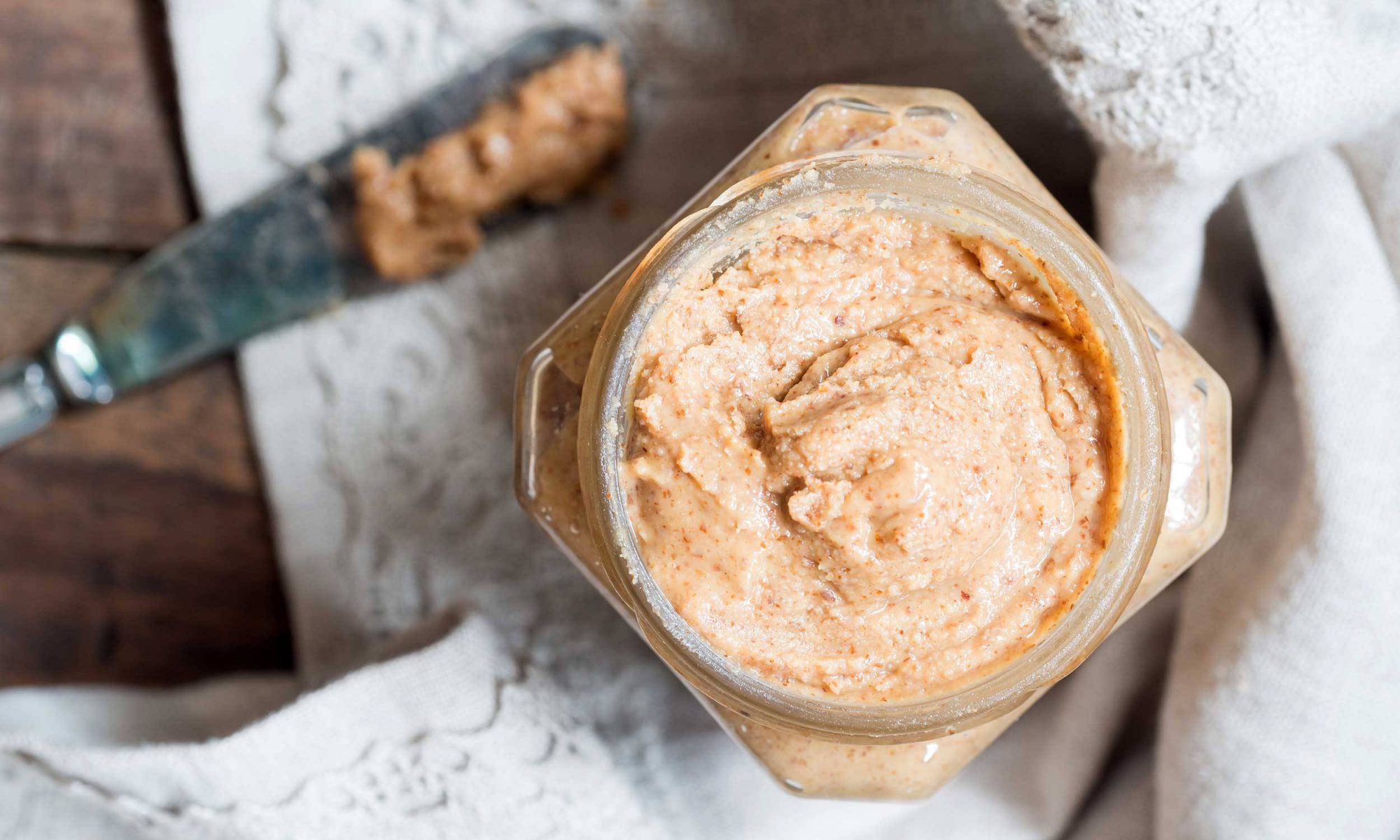
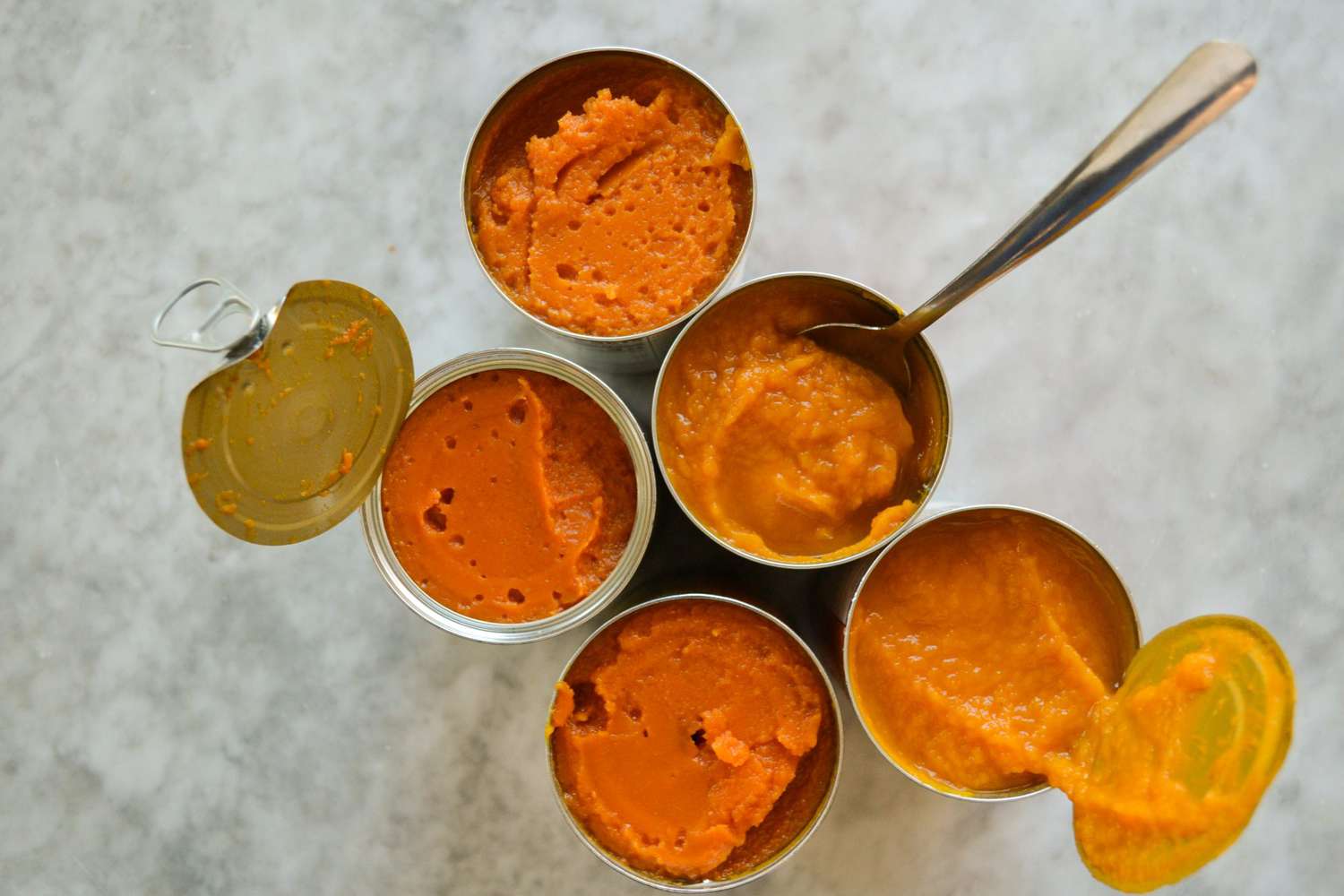
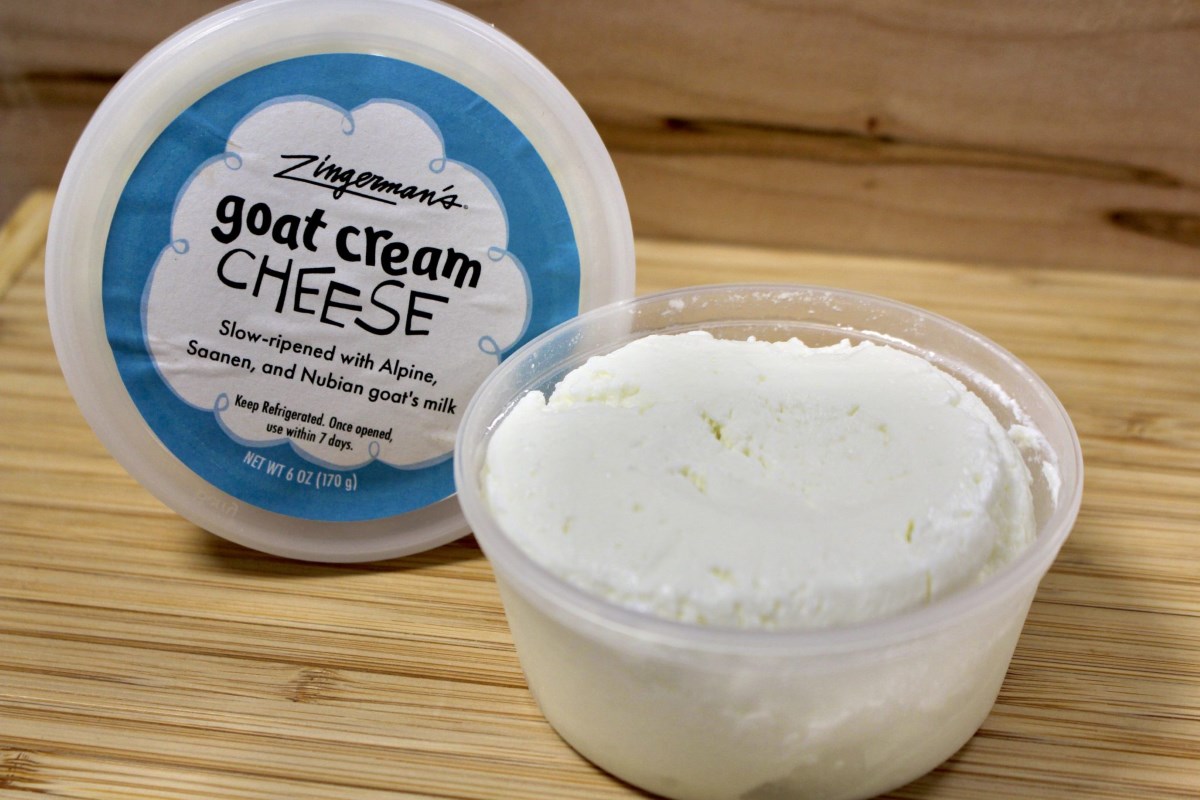
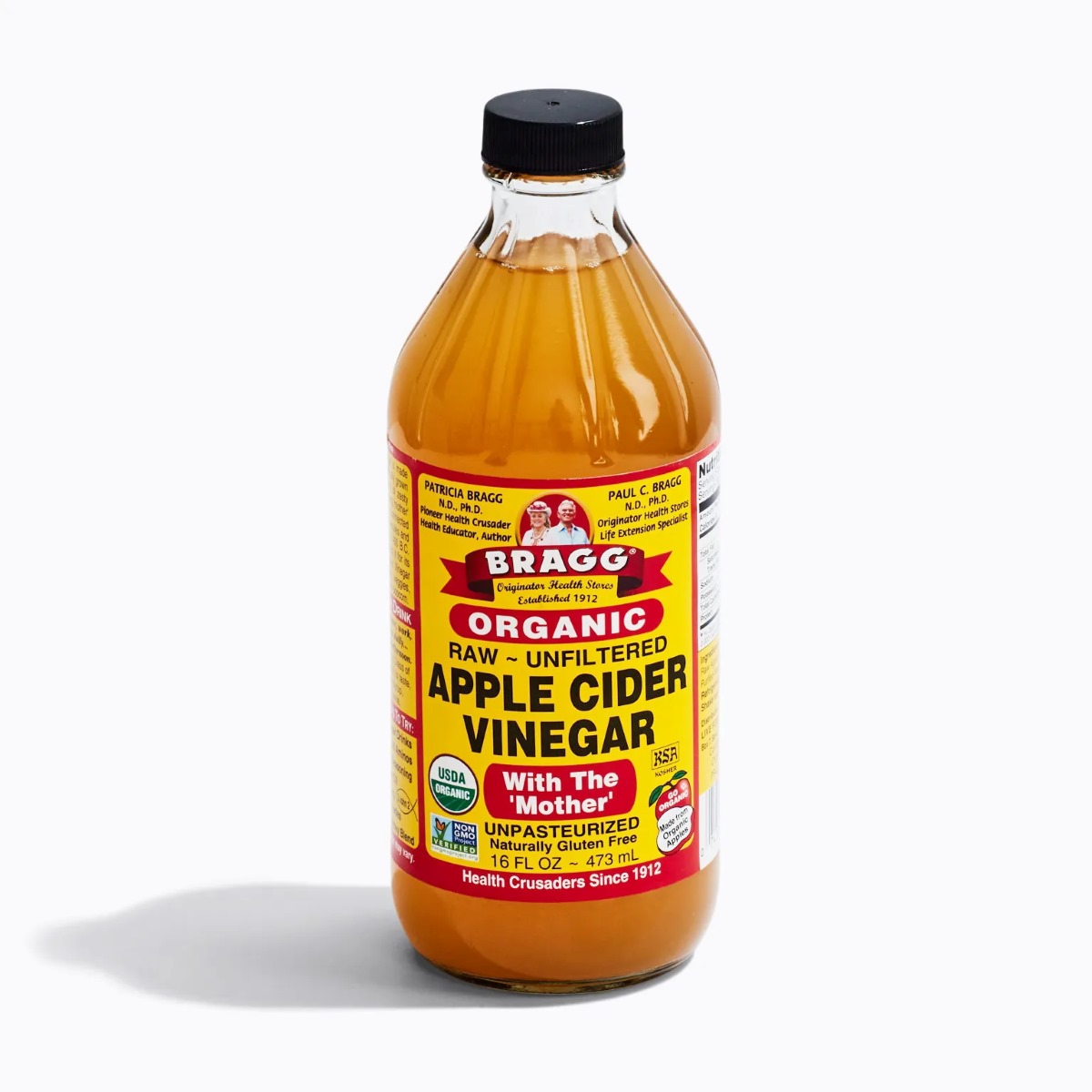

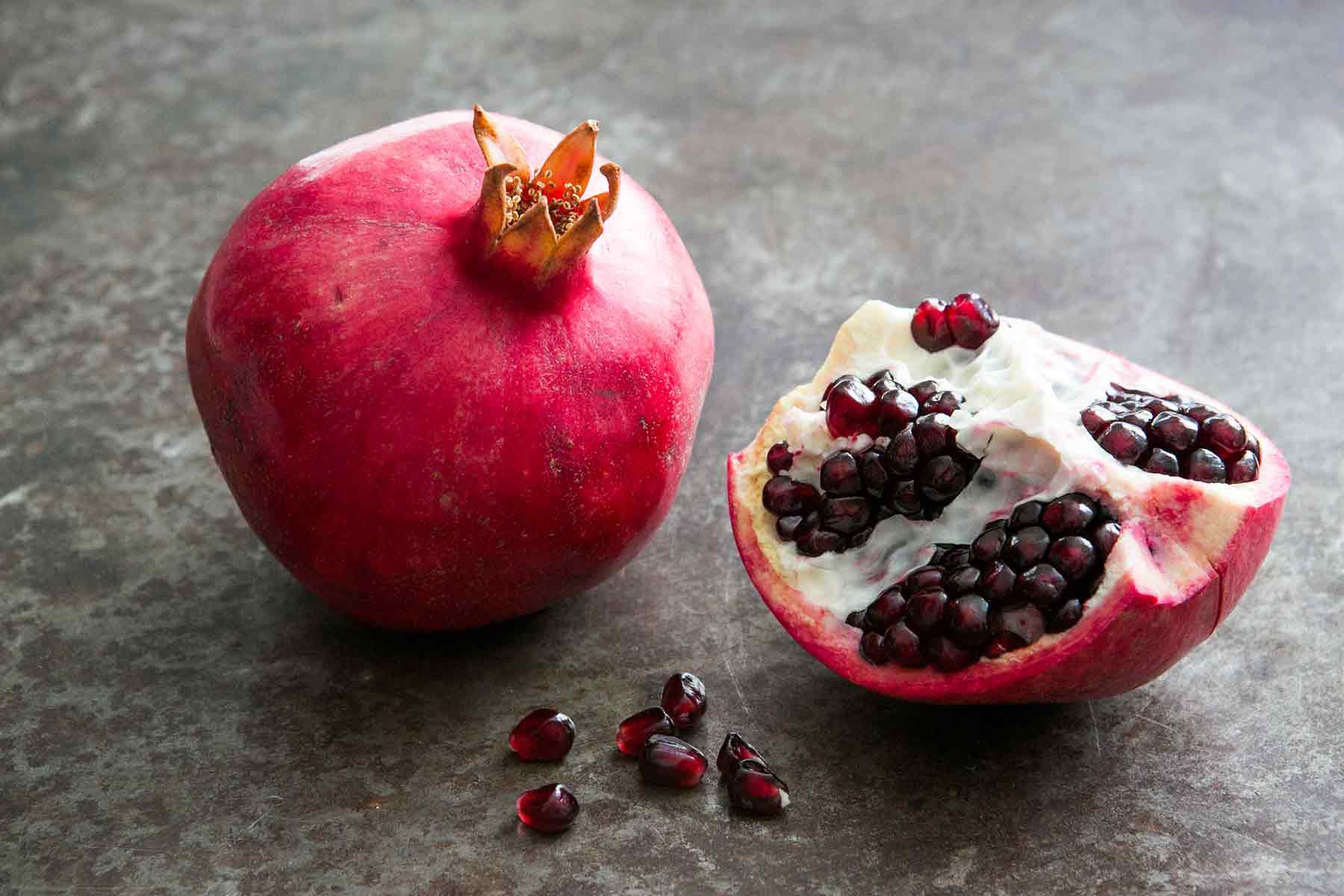

0 thoughts on “How To Store Balsamic Vinegar Once Opened”